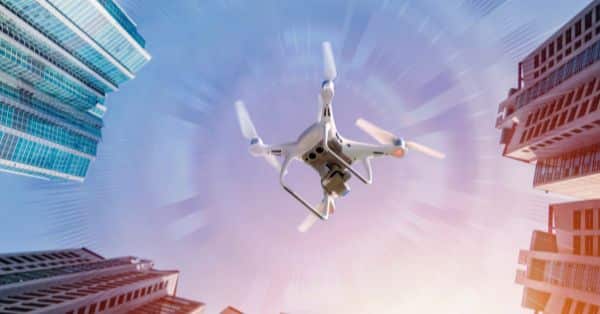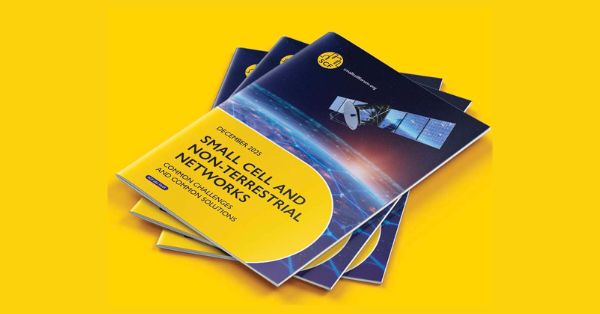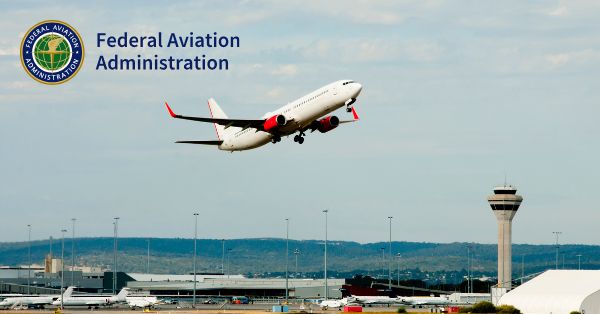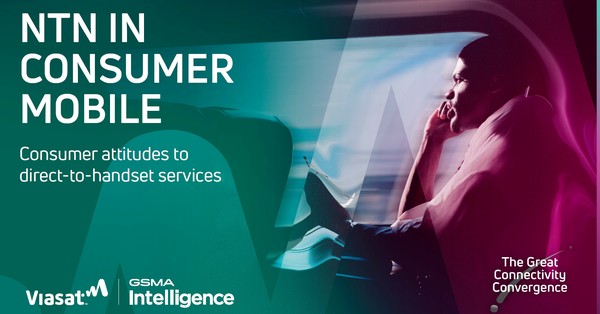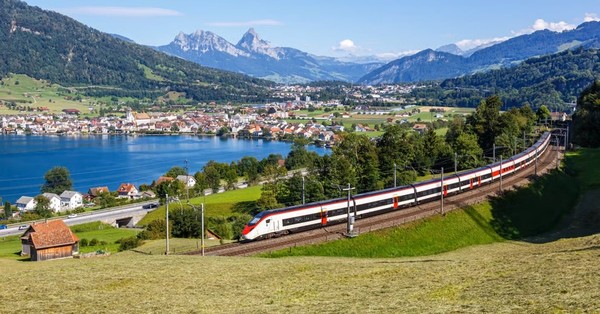5G networks are being deployed in many countries around the world, and the deployment and coverage of 5G static nodes are typically determined by factors such as population density, network infrastructure, and demand for high-speed mobile connectivity. 5G static coverage is typically provided by radio nodes called gNB (gNodeB) base stations.
These base stations are stationary and can cover a range of several kilometers, providing high-speed wireless data connections to mobile devices and other endpoints within their coverage area. As part of an event coverage like Olympic Games, camera feed, private 5G , Concert, civil/military security exercise, or 5G static coverage may also be used for industrial applications such as smart factories and IoT (Internet of Things) devices,
As part of emergency operation missions or for events, operators provide additional connectivity by adding a base station. However, the coverage is not optimized since the base station is fixed and its location is best estimated to provide radioelectric coverage according to the given population density.
A drone flying cell tower is a small unmanned aerial vehicle (UAV) equipped with a 5G base station, which can be deployed to provide coverage in remote or hard-to-reach areas. These flying cell towers can be rapidly deployed and offer several advantages over traditional stationary cell towers, including increased flexibility, faster deployment, and the ability to cover larger areas with fewer towers.
The deployment of drones for occasional radio coverage is one of the use cases for 5G networks. The performance of these drones will be studied based on several criteria, including speed, latency, density, energy consumption, link reliability (such as call drop and radio failure), and energy minimization.
By leveraging 5G technology, these drones can provide high-speed wireless data connectivity to remote areas or places where static coverage is not feasible. However, their performance will depend on the specific use case, and studies will be conducted to determine the effectiveness of this approach.
With the help of the fleet of drones, we can make technological solutions that allow the drone to have continuous and secure connectivity to the 5G network to improve the coverage at the edge of the base station zone or to provide very high speed in dense areas. Since the management of the radio electric spectrum making it possible to allocate radio electric resources shared between users while limiting or canceling interference between users.
The optimization will be based on
- The communication range and duration of a drone are limited. The total flow (capacity) depends on the distance between the drones (agents) and the UEs (targets) as well as the interference between drones. The range and endurance of drones can impact their ability to cover a certain area and the time they can stay in the air. Optimizing the position of the drone fleet can take into account the range and endurance of individual drones to ensure maximum coverage and minimum downtime.
- Real-time scheduling of radio resources between the base station and the radio relays of drone, the signal processing capabilities of drones, and their control systems can impact the quality and reliability of wireless communication. Optimizing the radioelectric spectrum management can involve implementing advanced signal processing techniques, such as adaptive filtering and beamforming, to reduce interference and improve performance.
- The battery technology used by drones can impact their endurance, weight, and overall performance. Optimizing the position of the drone fleet can involve selecting drones with the best battery technology for the specific use case while optimizing the charging and swapping process to minimize downtime.
- The payload capacity of drones can impact the type of equipment and sensors they can carry, which can be used for various applications. Optimizing the position of the drone fleet can involve selecting the most suitable drone based on its payload capacity for the specific use case.
Drones, which can be declared as mobile cell, activate a radio node to increase coverage, and they communicate with each other. The quality of the radio link depends on several parameters, such as the environment (RMaAV, RMi_AV, UMa_AV), the height of the antenna, and the choice of frequency. The strength of the radio frequency link is taken into account with respect to signal attenuation to ensure synchronization and drone position control.
Challenges
What impact on the transmission capacities when radio channel conditions are continuously changing between the terminals and the drones?
In the case of multi-tier deployment, a UAV acts as a relay antenna. The calculation of the capacity of the node makes it possible to take into account the risk of a bottleneck.
| Signal strength: As the distance between a drone and a terminal changes, the signal strength can vary as well as affected by obstacles and interference from other wireless devices. | Noise: noise refers to unwanted interference that can degrade the quality of the signal. Changing channel conditions can cause noise to increase, leading to a decrease in transmission capacities. |
| Multipath fading: When wireless signals reflect off obstacles or take multiple paths to reach a receiver, it can cause signal interference known as multipath fading. Changing channel conditions can increase the amount of multipath fading, leading to a decrease in transmission capacities. | Interference: As the number of wireless devices increases, so does the potential for interference. Changing channel conditions can lead to interference from other devices, which can reduce transmission capacities. |
| Doppler shift: When a drone or terminal is moving, it can cause a shift in the frequency of the signal, known as the Doppler shift. Changing channel conditions can cause the Doppler shift to increase, leading to a decrease in transmission capacities. | Weather conditions: Weather conditions such as rain, snow, and fog can affect wireless signal transmission. Changing channel conditions due to weather can reduce the transmission capacities and introduce noise and interference into the signal. |
| Antenna orientation: The orientation of the antennas on the drone and the terminal can affect the quality of the signal. Changing channel conditions can cause the orientation of the antennas to change, leading to variations in transmission capacities. | Intermodulation distortion: When two or more signals share a channel, they can mix and produce intermodulation distortion. Changing channel conditions can cause the amount of intermodulation distortion to increase, leading to a reduction in transmission capacities. |
| Spectrum availability: The availability of the radio spectrum is finite and shared among various wireless devices. Changing channel conditions can affect the availability of the spectrum, leading to interference and reduced transmission capacities. | Network congestion: When multiple drones and terminals share the same wireless network, it can cause network congestion. Changing channel conditions can lead to more devices joining or leaving the network, increasing the potential for network congestion and reduced transmission capacities. |
Solution
Adaptive modulation, diversity techniques, and error correction can be used. These techniques can help improve the quality of the signal and maintain a consistent transmission capacity, even as the channel conditions change.
5G drone as a mobile site has the potential to provide flexible and scalable wireless coverage in areas that are difficult to access or where coverage is limited. To overcome the challenges of changing radio channel conditions, 5G drones as a mobile site can use several techniques, including:
| Beamforming: 5G drones can use beamforming technology to focus the signal in a specific direction, which helps to reduce interference and improve signal quality. By using beamforming, the 5G drone can direct the signal towards the terminal, even as the drone moves, and maintain a stable transmission capacity. | MIMO: Multiple-input, multiple-output (MIMO) technology is used to increase the capacity of wireless networks by using multiple antennas on both the drone and the terminal. By using MIMO, the 5G drone can provide higher data rates and improved signal quality, even in challenging channel conditions. |
| Dynamic spectrum access: 5G drones can use dynamic spectrum access to automatically select the best available frequency band, based on the changing channel conditions. By selecting the best available frequency band, the 5G drone can maintain a consistent transmission capacity, even as the channel conditions change. | Network slicing: 5G drones can use network slicing to create virtual networks that are optimized for specific applications or use cases. By creating a virtual network, the 5G drone can allocate resources and prioritize traffic to ensure that critical applications receive the necessary bandwidth and latency, even in challenging channel conditions. |
| Artificial intelligence (AI): 5G drones can use AI-based algorithms to monitor and adapt to changing channel conditions. By using AI, the 5G drone can automatically adjust the signal strength, frequency, and other parameters to maintain a consistent transmission capacity, even as the channel conditions change. | Hybrid wireless networks: Hybrid wireless networks combine multiple wireless technologies, such as cellular, Wi-Fi, and satellite, to provide seamless connectivity and better coverage. By using a combination of wireless technologies, 5G drones can switch between different wireless networks and frequencies to maintain a consistent transmission capacity, even in challenging channel conditions. |
| Antenna diversity: Antenna diversity refers to the use of multiple antennas to improve signal quality and reduce interference. By using antenna diversity, 5G drones can use multiple antennas to receive and transmit signals, improving the signal-to-noise ratio and maintaining a consistent transmission capacity, even in challenging channel conditions. | Cooperative communication: Cooperative communication is a technique that enables wireless devices to work together to transmit and receive data. By using cooperative communication, 5G drones can collaborate with each other and with the ground-based network to maintain a consistent transmission capacity, even in challenging channel conditions. |
| Cloud-based radio access network (C-RAN): Cloud-based RAN is a virtualized radio access network that runs on cloud servers instead of dedicated hardware. By using a cloud-based RAN, 5G drones can share computational resources and adapt to changing channel conditions more efficiently, improving the overall performance of the network. | Self-organizing networks (SON): Self-organizing networks use algorithms and machine learning to automate the configuration, optimization, and maintenance of wireless networks. By using SON, 5G drones can automatically adjust to changing channel conditions, optimizing the network performance and maintaining a consistent transmission capacity. |
| Multi-hop communication: Multi-hop communication is a technique that enables wireless devices to transmit data through a series of intermediate nodes, or hops, to extend the communication range. By using multi-hop communication, 5G drones can collaborate with each other to relay data over multiple hops, improving the signal strength and maintaining a consistent transmission capacity, even in challenging channel conditions. | Redundancy: Redundancy is a technique that involves using multiple wireless devices or communication channels to ensure reliable wireless connectivity. By using redundancy, 5G drones can maintain multiple communication channels and devices to ensure reliable wireless connectivity, even in challenging channel conditions. |
| Software-defined radio (SDR): SDR is a technology that uses software to configure radio hardware to perform a variety of functions, such as frequency hopping, modulation, and channel equalization. By using SDR, 5G drones can quickly adapt to changing channel conditions and optimize their transmission parameters to maintain a consistent transmission capacity. | Interference cancellation: Interference cancellation is a technique that uses advanced signal processing algorithms to remove unwanted interference from wireless signals. By using interference cancellation, 5G drones can remove unwanted interference from their wireless signals, improving the signal quality and maintaining a consistent transmission capacity, even in challenging channel conditions. |
Overall, the deployment of drones for 5G coverage is an innovative use case that could offer new opportunities for various applications, such as emergency services, wildlife monitoring, and agriculture, military. The criteria mentioned above will help evaluate the effectiveness of this approach and determine how it can be optimized for different use cases.
One of the key benefits of drone-flying cell towers in 5G networks is their ability to quickly and easily provide coverage in areas where traditional towers are not practical. For example, drones can be used to provide coverage in areas that are difficult to access due to geography or terrain, such as mountains, forests, or deserts. They can also be used to provide coverage in areas that are temporary without coverage, such as during natural disasters or large-scale events.



